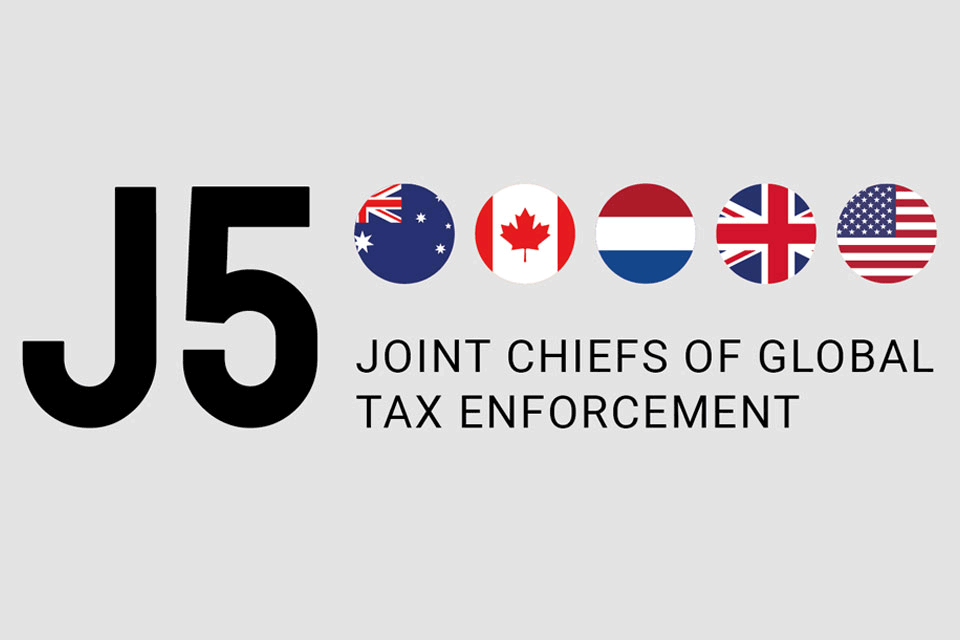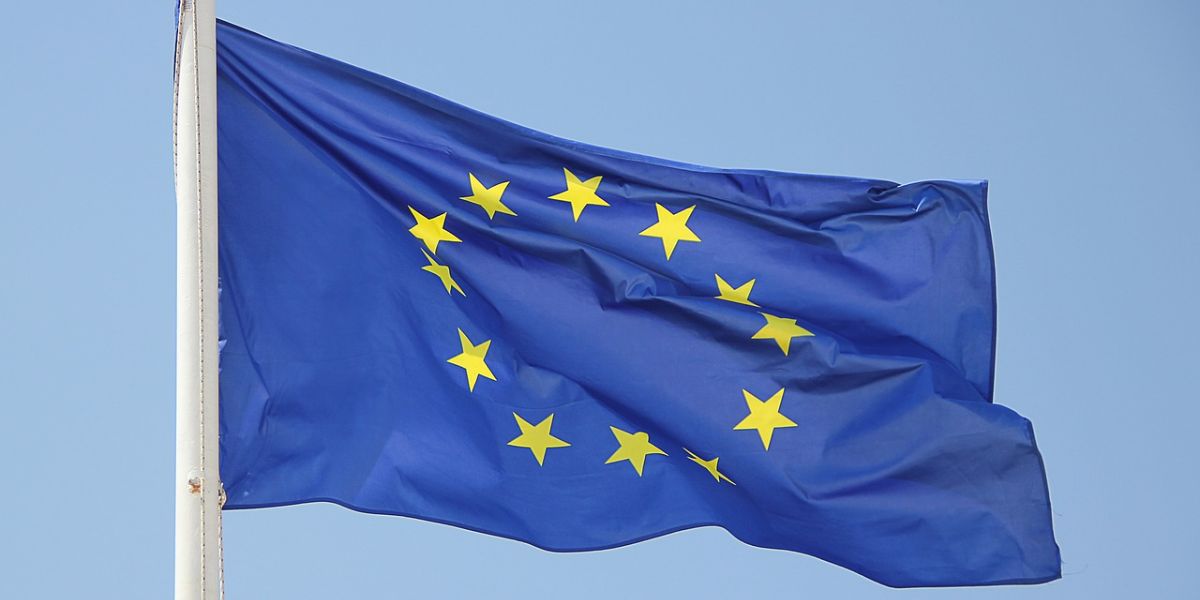The UK HMRC updated its guidance on preparing for the Multinational Top-up Tax and the Domestic Top-up Tax on 9 June 2025.
UK HMRC updated its guidance on How to prepare for the Multinational Top-up Tax and the Domestic Top-up Tax on 9 June 2025.
This follows after the HMRC launched a public consultation on the supplementary draft guidance regarding the multinational and domestic top-up tax on 28 January 2025.
The updates include a new subsection of the webinar, an expanded section on UK legislation and obligations, and revised sections on the HMRC online service and guidance.
The updated guidance is as follows:
2.1 Webinars
We are offering 2 webinars in the Spring and Summer of 2025, to support both the businesses who must comply with the new Pillar 2 rules, and the external agents or firms that provide advice on Pillar 2 to those businesses.
The first webinar has already taken place on Wednesday 30 April 2025, and covered the scope of the legislation and UK compliance obligations. The webinar was recorded.
To sign up for our webinars, go to the Organisation for Economic Co-operation and Development (OECD) Pillar 2 — Scope and UK compliance obligations and select the link to register for the next live webinar.
A second webinar is planned for summer 2025 to cover transitional safe harbours. This and other future webinars will be listed on this page and on the following page on GOV.UK HMRC email updates, videos and webinars for tax agents and advisers. The webinars will be recorded and available to view after the event on GOV.UK.
3. UK Legislation and obligations
3.1 UK legislation
The UK legislation that implements MTT and DTT is contained in:
Finance Act 2025 also formally introduces the legislation to bring the Undertaxed Profits Rule (UTPR) into effect for periods starting on or after 31 December 2024.
The UK legislation includes a reporting process which includes:
- A requirement for groups with consolidated revenue above €750 million to register with HMRC when they first come into scope of the Pillar 2 rules
- An annual Self Assessment return to report details of the group’s MTT and DTT liabilities
- The requirement to submit a GloBE Information Return (GIR), which shows the group’s global Pillar 2 tax calculations, or to submit an overseas return notification (where an information return has been submitted to another qualifying authority)
Groups will have UK obligations even if they do not have MTT or DTT liabilities. These obligations will apply to both UK-headed and non UK-headed groups irrespective of whether the jurisdiction of the Ultimate Parent Entity implements Pillar 2.
3.2 Registration requirements
All businesses in the scope of Pillar 2 taxes must register using our Pillar 2 online service. Even if you don’t think the group will have to pay any top-up tax, it must register if it has:
- at least one entity in the UK, and
- consolidated group annual revenues of EUR 750 million or more, in at least 2 of the previous 4 accounting periods
‘Groups’ also includes single entities.
Groups with an ultimate parent outside the UK must register regardless of whether the jurisdiction of the Ultimate Parent Entity (UPE) implements Pillar 2.
There is a single registration process for MTT and DTT. A group only needs to register once — it’s not an annual requirement.
When to register by
A group must register no later than 6 months after the end of the first accounting period in which it’s subject to the rules. For example, if a group’s accounting period ended 31 December 2024, it must register by 30 June 2025.
How to register
A group must register using the Report Pillar 2 top-up taxes digital service on GOV.UK. Only the filing member for the group should use the online service. This will be the UPE unless it nominates another group entity. For example, groups with an overseas UPE may wish to nominate a UK group member to be the filing member. Agents and tax advisers can’t register on a group’s behalf.
Once you’ve signed in to the Government Gateway, registration is simple. You don’t need to give us any financial information.
All you need is:
- Details of the UPE
- Details of the filing member, if it’s not the UPE
- Whether the group has entities only in the UK or in the UK and other jurisdictions
- contact details for the person or tax team responsible for filing returns
- The accounting period start and end dates
3.3 Reporting obligations
The filing member will be the primary point of contact for HMRC in relation to Pillar 2 taxes.
The filing member will be responsible for:
- Registering with HMRC for MTT and DTT
- Notifying HMRC of any changes to the filing member
- Submitting the GloBE Information Return (GIR) or Overseas Return Notification (ORN)
- Submitting a UK Self-Assessment return or Below Threshold Notification (BTN)
- Making or revoking elections
- Ensuring the group keeps accurate records
GloBE Information Return
A GloBE Information Return (GIR) is a standardised return that will facilitate the global administration of the Pillar 2 rules. All groups in the scope of Pillar 2 must file one for every accounting period that the group is in scope.
The GIR will have a general section and multiple jurisdictional sections based on one template that needs to be completed for every jurisdiction where the group operates. The general section asks for information about the group, the filing Constituent Entity, and an outline of the corporate structure. A summary table requires a high-level overview of the application of the GloBE rules in every jurisdiction where the Multinational Enterprise Group operates.
The jurisdictional sections ask for limited information about jurisdictions where relevant safe harbours and exclusions apply. For jurisdictions where safe harbours and exclusions don’t apply, the group will report its Effective Tax Rate (ETR) computations, Top-up Tax computations if necessary, and the allocation of Top-up Tax.
If certain conditions are met, groups will be able to use central filing. Under central filing, the group will file the GIR with one tax administration, which will then share the relevant information with the other jurisdictions that are entitled to receive it. In order for central filing to be possible, the entity that files the GIR must be located in the jurisdiction that will carry out the exchange of the GIR with the other jurisdictions.
If a group files a GIR with a tax administration outside the UK and expects that tax administration to provide it to HMRC, the group must file an Overseas Return Notification (ORN) in the UK, advising where it filed the GIR.
A group has 18 months to submit the GIR (or ORN) for the first accounting period it’s subject to Pillar 2 taxes. For example, for the accounting period ended 31 December 2024 the filing date for the GIR will be 30 June 2026. After that, the group must submit a GIR or ORN to HMRC within 15 months of the end of the accounting period. There are special rules for short accounting periods so that no GIR or ORN needs to be submitted before 30 June 2026.
UK Self-Assessment return
One UK Self Assessment return will cover both MTT and DTT. It will include the group’s total MTT and DTT liability as well as the liability for each UK member of the group for the period. It won’t contain detailed calculations to determine the amount of tax owed — these will be in the GIR. It also won’t require a list of UK members of the group without liability.
All registered groups must submit a Self-Assessment return, regardless of whether the UPE jurisdiction implements Pillar 2. This includes groups that don’t have an MTT or DTT liability.
The deadline for filing the UK Self-Assessment return is always the same as for the GIR or ORN. If a group stops being a qualifying group, it can submit a Below Threshold Notification and will no longer need to submit a Self Assessment return.
4. HMRC online service
We’re continuing to develop our online service to enable businesses to meet their MTT and DTT obligations. You can use this service now to fulfil your registration obligations, as detailed above. The latest release was 20 November 2024, providing functionality to change a filing member, enabling payments and repayments, and adding Pillar 2 to Agent Services. We’re releasing the service in stages, with functionality to file returns and make notifications to follow, in advance of legislative requirements.
5. Guidance
5.1 HMRC guidance
We published a supplementary document of draft HMRC guidance on 28 January 2025, which includes:
- New provisions introduced in the current Finance Bill, including the Undertaxed Profits Rule (UTPR)
- Provisions significantly amended by the current Finance Bill
- Joint venture groups
- Flow-through entities
- Specifics for the insurance sector
- Additional top-up amounts and post-filing adjustments of covered taxes
- Pages that have been significantly amended following previous consultation responses
This draft, like previous drafts, was open for comments. The consultation window has now closed. Responses are being reviewed and will be reflected in the full guidance manual which will be published in mid-2025.
5.2 OECD guidance
The OECD Inclusive Framework has been working on the standardised GIR and further administrative guidance.
As part of this, the Inclusive Framework has streamlined the coordinated administration of the global minimum tax. On 15 January 2025, it released details of legislation receiving qualified status under the peer review process, and other tools, including:
- Updates to agreed administrative guidance on articles 8.1.4, 8.1.5 and 9.1 of the GloBE rules
- An update to the standardised GIR, a supporting XML schema and a Multilateral Competent Authority Agreement (MCAA) to facilitate central filing and exchange of the GIR.
















